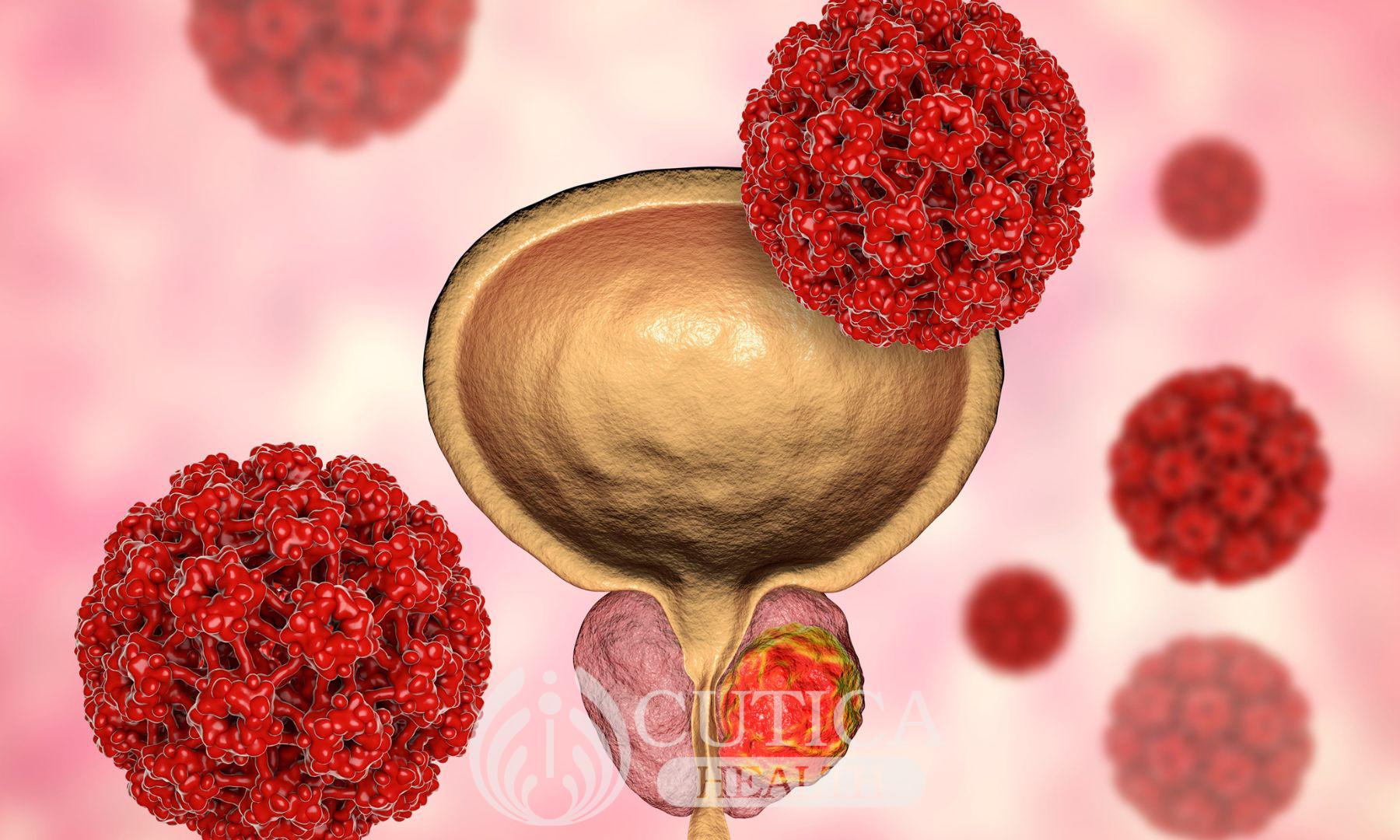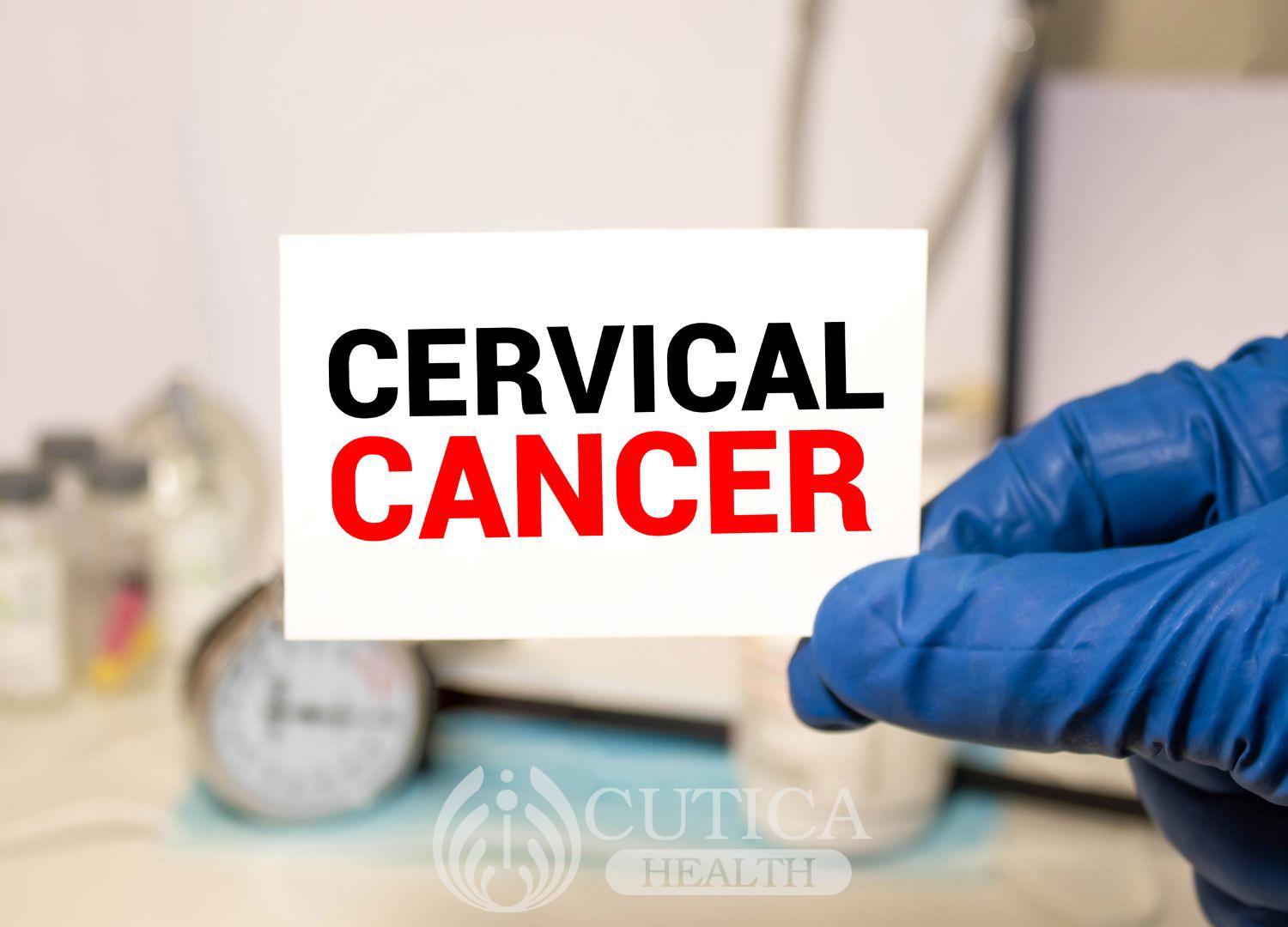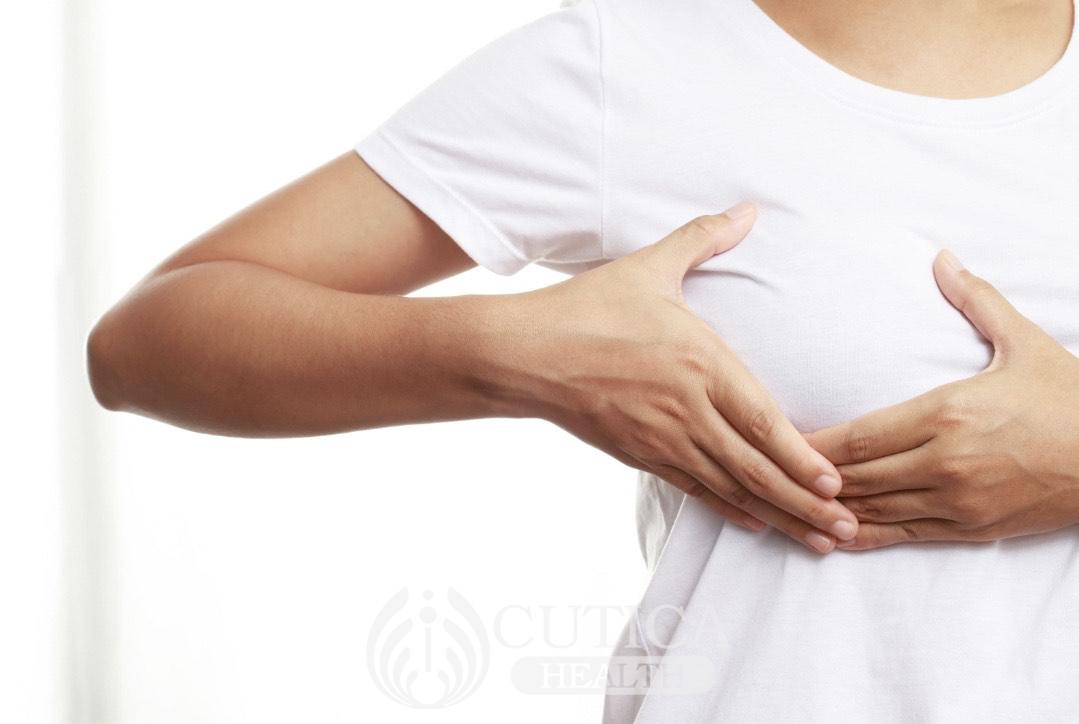
Sarah works is a medical assistant at the local clinic and tries to do everything she can to lead a healthy life. Then, one morning, she observed something different that morning with her breast and she becomes anxious. There's a lump! She hurried off to see the physician as soon as she resumed work.
Women have been advised to constantly self-examine the breast for any abnormalities, and this cannot be overemphasized. As you read this, check if you feel a lump in your breast, if you notice any changes in your breast don’t panic; call or book a consultation with your doctor right away for proper clinical investigation.
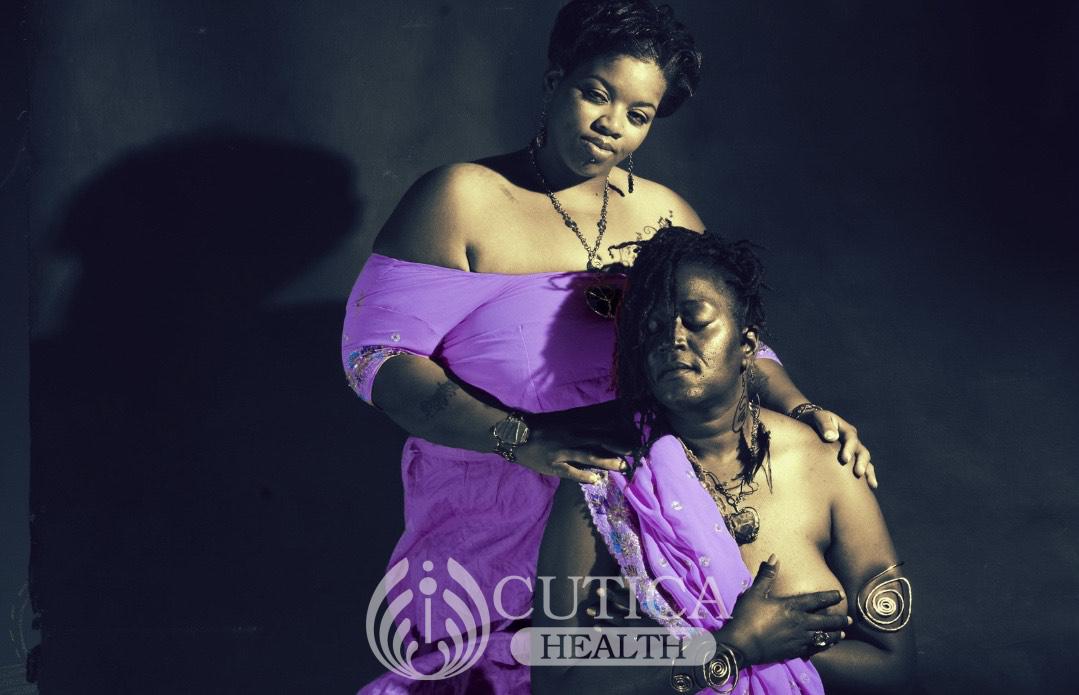
Breast lumps are unusual growths in the breasts, which may either be cancerous or non-cancerous. In most cases, breast lumps may be harmless and resolve on their own; however, always pay close attention to your breast through regular self-examination to detect any issues early.
Breast lumps arise from the breast tissue in response to several factors, including hormonal changes, infections, genetics, weight gain, lifestyle habits, and other factors. There are different types of breast lumps, but if you feel any type of swelling in your breast, see a doctor as soon as you can to identify what type it is.
What Are The Types Of Breast Lumps?
There are two common types of benign breast lumps which are fibroadenomas and cysts
Fibroadenomas : these are the most common types of lumps, found in many women with the age range of 25 to 35. They occur predominantly in black women. They are round and solid in shape and texture respectively. They also occur in women of menopausal age who are taking estrogen stimulants. They can grow anywhere around the breast ducts, glands, or connective tissue. They can be removed via surgery or left alone to resolve on their own. These lumps are largely non-cancerous, meaning you do not have to worry about them become cancerous. However, in cases of complex fibroadenomas, you may have a small risk of it progressing to cancer.
Breast Cysts : This is usually caused by hormonal changes in women. Although might be painless, breast cysts may cause pain especially toward the next menstrual flow. They are very mobile within the breast and may migrate to another part of the breast entirely. Like fibroadenomas, they don’t increase the risk of developing cancer and usually resolve themselves.
Other types of breast lumps are Intraductal Papillomas (growth in the milk ducts), traumatic Fat necrosis (cluster of fats laced with damaged breast tissues), Ductal ecctasia, Oil cysts, and Adenosis. Some of these types are cancerous and need special investigations and treatments for them to resolve.
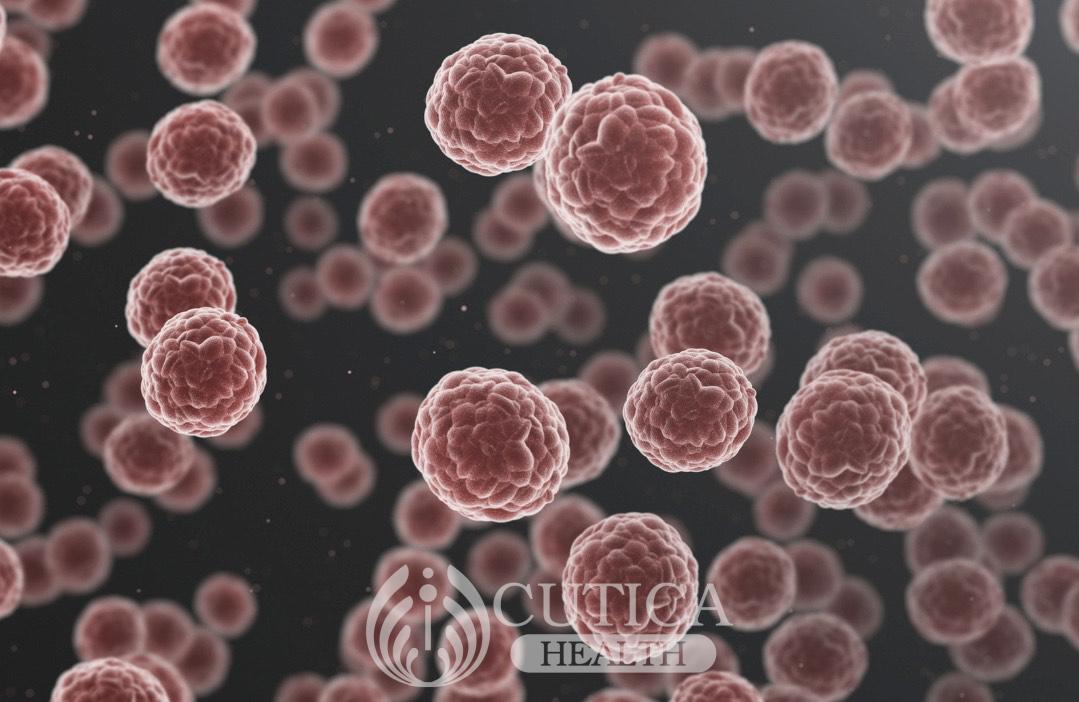
When Is A Breast Lump Cancerous?
Unlike the benign lump, a malignant lump is characterized by more pronounced changes in your breast, such as unequal breast sizes, hardness around the breast, nipple discharge, bleeding through the nipple, and skin changes over the breast. You may also notice other symptoms in other parts of your body, such as weight loss, swollen neck glands, and small swellings around your armpits. If precancerous lumps are identified early, there is a chance of survival. To get an accurate diagnosis, the physician will recommend tests such as mammography, biopsy, and other screening.
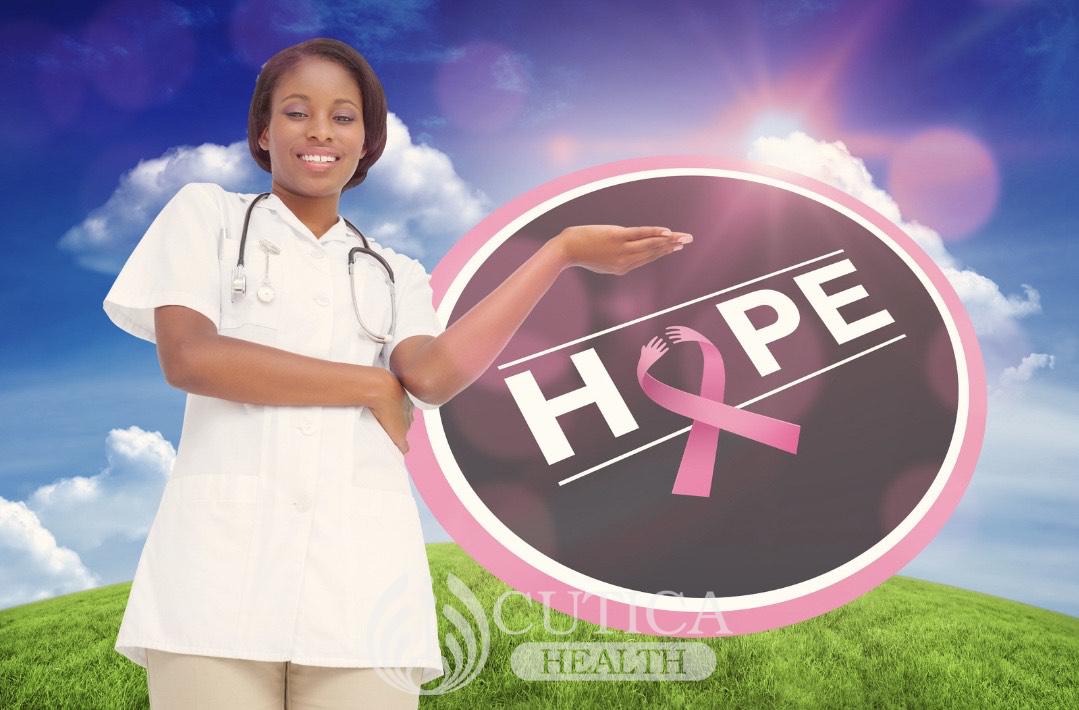
Take Home
Breast lumps are a common finding in women, especially those of reproductive age. While most of these lumps are harmless and resolve on their own, some may not be so forgiving. Therefore, ensure you perform self-examination on both breasts as frequently as possible, and alert your doctor for further examinations and tests if you notice anything out of the ordinary.








